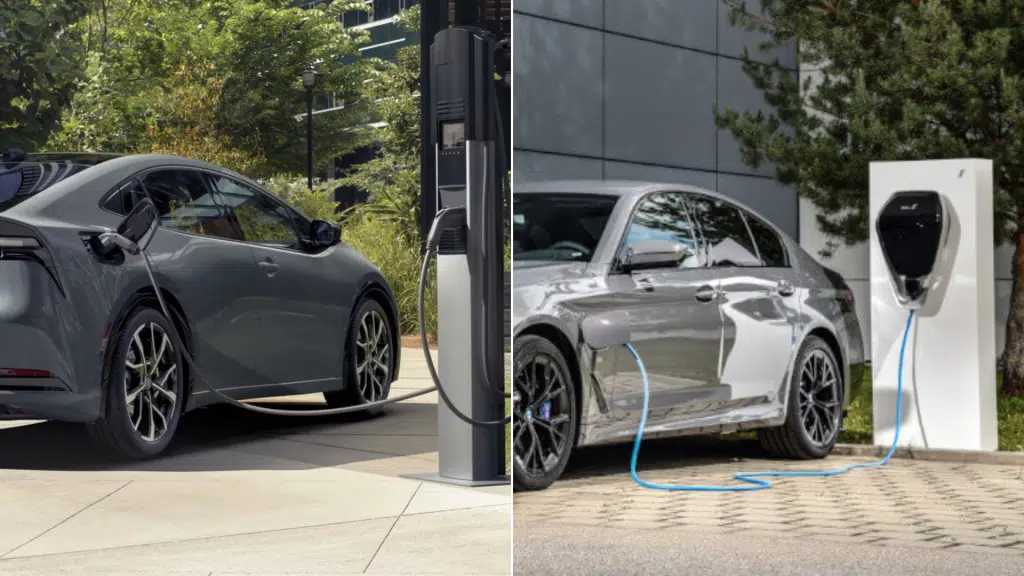When I started shopping for a new car, I kept running into two terms that confused me: hybrid and plug-in hybrid.
I wanted to save on fuel and do something smarter for the planet, but I wasn’t sure which one actually fit my daily routine. You’ve probably been there too, comparing specs and wondering what all the charging talk means.
The truth is, both types can save you money and make driving easier once you know how they work.
In this post, I’ll explain the difference between hybrid and plug-in hybrid cars, what each offers, and how to figure out which one matches your driving style best.
What’s the Difference Between Hybrid and Plug-In Hybrid?
The difference between hybrid and plug-in hybrid vehicles comes down to how their batteries are charged and how much they rely on electricity.
A hybrid (HEV) has a small battery that recharges automatically through the gas engine and a process called regenerative braking, which captures energy every time you slow down or brake.
You never need to plug it in. The electric motor simply helps the gas engine work more efficiently, improving fuel economy.
A plug-in hybrid (PHEV) works the same way but adds a larger battery that can be charged through an outlet or charging station. This bigger battery allows you to drive for many miles using only electric power.
Once the charge runs out, the gas engine takes over, so you can keep driving without worrying about range.
In short, a hybrid relies more on gasoline, whereas a plug-in hybrid depends more on electricity but still uses gas when necessary.
At-A-Glance Comparison Table:
| Feature | Hybrid (HEV) | Plug-In Hybrid (PHEV) |
|---|---|---|
| Battery Size | Around 1 kWh | 10–25+ kWh |
| Charging | Self-charging through braking and the gas engine | Requires plug-in charging |
| Electric-Only Range | About 0–2 miles | Around 25–70 miles |
| Fuel Use | Gas engine + light electric assist | Primarily electric, gas is used after the battery drains |
| Maintenance | Similar to a gas car | Slightly higher due to a larger battery |
| Cost | More affordable upfront | Higher upfront, but may qualify for tax credits |
| Best For | Drivers without charging access | Commuters with short trips or a home charging setup |
Hybrid: Gas-first system that improves mileage by adding electric help.
Plug-In Hybrid: Electric-first setup with the flexibility to use gas for long trips.
How Hybrid and Plug-In Hybrid Systems Work
Both vehicles combine gas and electric power, but they differ in how energy is stored, used, and recharged during daily driving.
How a Hybrid Works
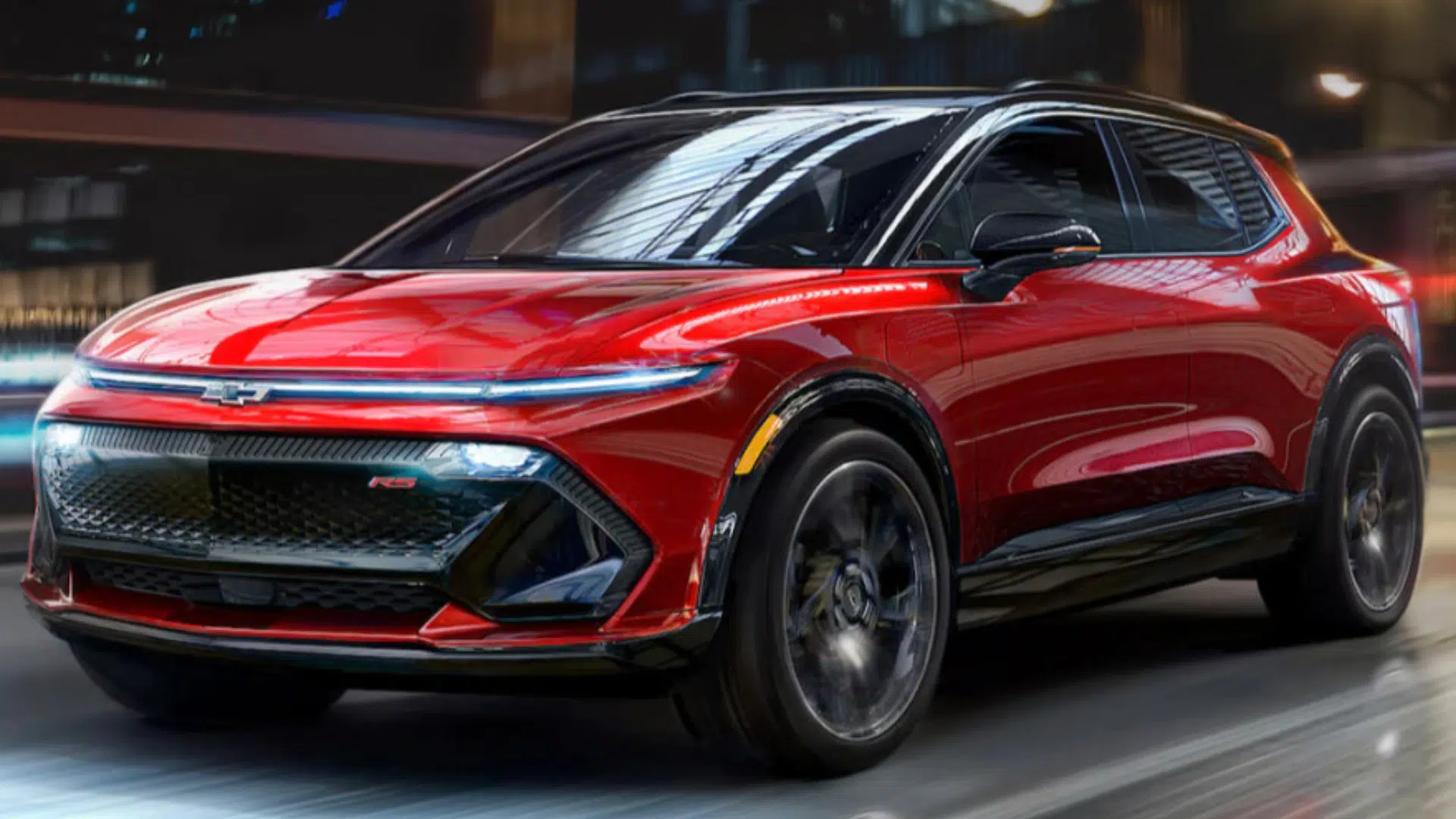

A hybrid vehicle (HEV) uses both a gasoline engine and a small electric motor that work together to move the car. The electric motor helps during acceleration and low-speed driving, reducing how much fuel the engine burns.
The system recharges itself through regenerative braking, which captures energy from slowing down or stopping. This energy is stored in a small battery that powers the motor again later.
The gas engine also helps keep the battery charged while you drive. You never need to plug in a hybrid, which makes it simple to own. It feels like a regular car but offers better fuel economy and reduces emissions in city driving.
How a Plug-In Hybrid Works
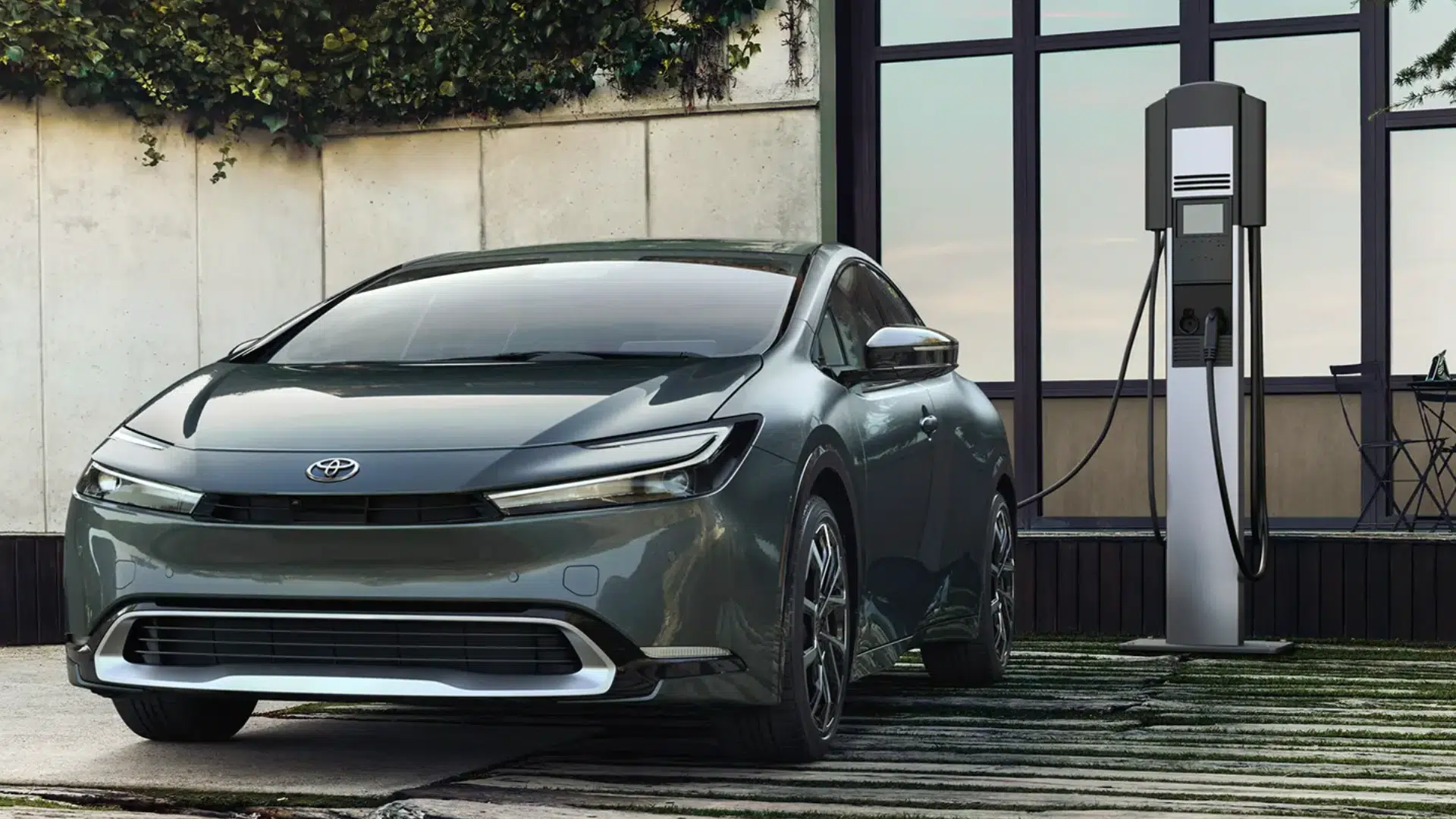

A plug-in hybrid (PHEV) also combines a gas engine and an electric motor, but has a much larger battery. This bigger battery lets the car run entirely on electricity for a certain distance, usually between 25 and 70 miles, depending on the model. Y
ou charge the battery through a home outlet or public charging station. When the electric range is used up, the gas engine automatically turns on so you can keep driving without interruption.
This dual setup gives you electric-only driving for daily errands and gasoline backup for long trips. It’s ideal if you want to save fuel and can plug in regularly at home or work.
Quick Recap: Core Differences That Affect Daily Use
- Battery Size & Range: Plug-in hybrids have larger batteries and longer EV ranges.
- Charging Needs: Hybrids self-charge; plug-in hybrids need to be plugged in.
- Driving Feel: Plug-in hybrids are quieter and quicker off the line thanks to instant electric torque.
- Fuel Economy: Hybrids excel on long drives; plug-in hybrids shine in short, frequent commutes.
- Environmental Impact: Plug-in hybrids can operate with zero tailpipe emissions on electric mode.
Pros and Cons of Hybrid and Plug-In Hybrid Cars for Everyday Drivers
Knowing the pros and cons of both hybrid and plug-in hybrid cars helps you compare real-world value, comfort, and long-term savings.
| Category | Hybrid (HEV) | Plug-In Hybrid (PHEV) |
|---|---|---|
| Main Benefit | Simple setup and lower cost | Electric range for daily commutes |
| Fuel Use | Relies on gas but uses less | Runs mostly on electricity first |
| Charging | No plug-in needed | Must be charged through an outlet or a station |
| Driving Feel | Smooth, steady performance | Quieter and more responsive acceleration |
| Price Range | Lower upfront | Higher upfront, but may qualify for credits |
| Ideal For | Drivers without home charging | Daily drivers who can plug in easily |
Both powertrains offer strong efficiency, but the right choice depends on your budget, access to charging, and daily mileage.
Which Option Fits Your Lifestyle and Daily Driving Needs Best
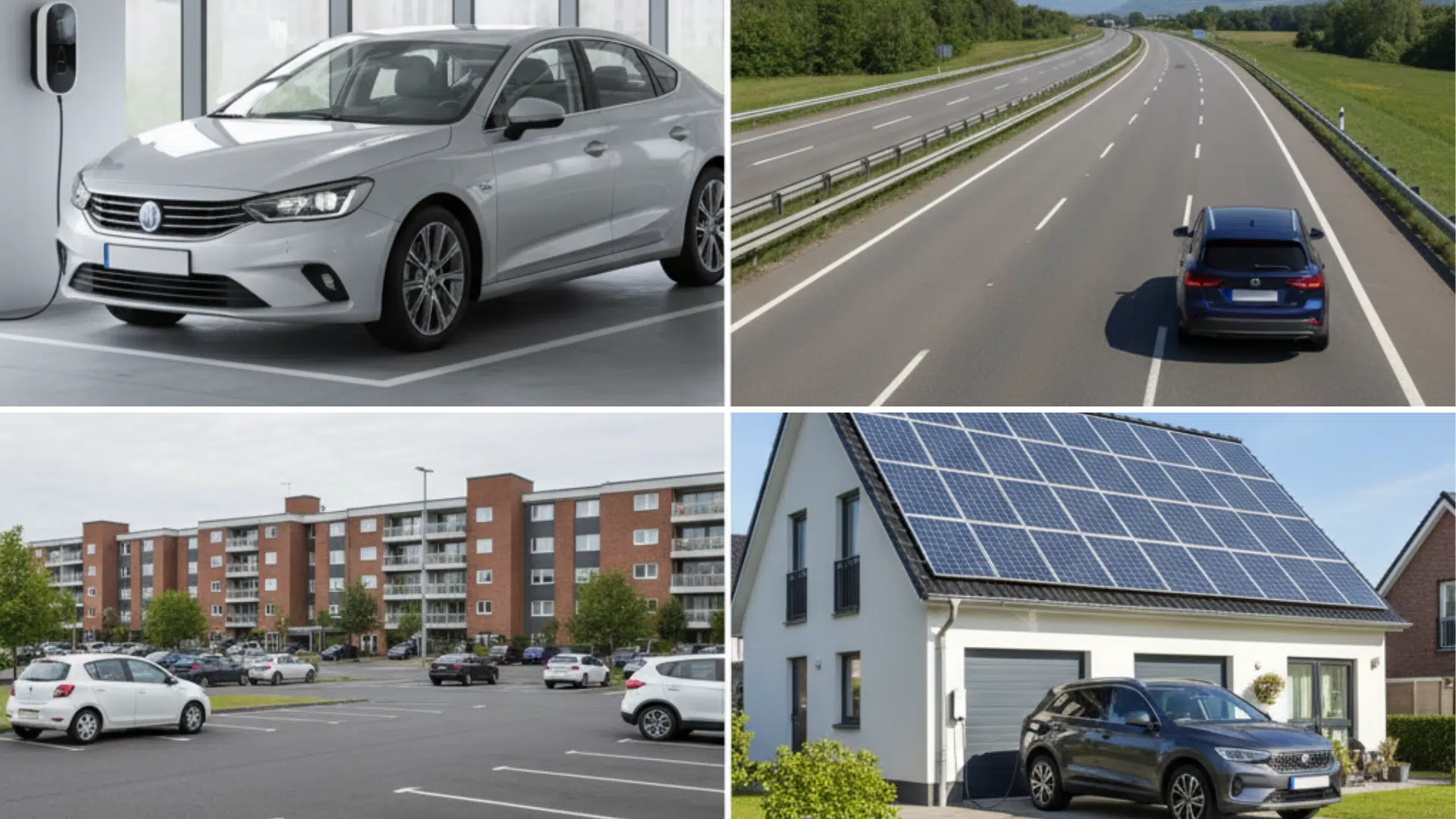

Your driving routine, access to charging, and travel habits determine whether a hybrid or a plug-in hybrid is the smarter fit.
For Short Daily Commutes
A plug-in hybrid (PHEV) is perfect if you drive less than 40 miles a day and can charge regularly. Most plug-in hybrids can handle daily errands or work trips entirely on electricity, using gas only for longer drives.
This means you’ll spend less on fuel and produce fewer emissions during regular use. If you have a charger at home or work, a plug-in hybrid offers the convenience of electric driving without worrying about range limits.
For Long Highway Trips
A hybrid (HEV) is better suited for long-distance driving where charging may not always be available. It automatically manages energy between the gas engine and the electric motor, delivering excellent mileage on highways.
You never have to stop for charging, and the fuel economy stays consistent even on extended road trips.
For drivers who travel often or take frequent highway journeys, a hybrid provides comfort, reliability, and lower fuel costs without changing their normal driving habits.
For Renters or Apartment Dwellers
If you live in an apartment or a rental home without access to charging, a hybrid (HEV) is the more practical option.
It recharges its small battery through braking and engine power, requiring no plug-in connection. This makes ownership simple and flexible, especially if your parking area doesn’t allow chargers.
You still save fuel and reduce emissions compared to a standard gas vehicle while avoiding the need to plan around charging schedules or public station availability.
For Eco-Minded or Solar Owners
A plug-in hybrid (PHEV) fits well if you’re focused on reducing emissions and already use solar power at home. You can charge your vehicle with clean electricity and cover short trips without burning fuel.
When powered by renewable energy, a plug-in hybrid’s environmental impact drops even further. It’s a great choice if you value lower emissions but still want a gas backup for longer travel.
This setup combines flexibility with cleaner energy use throughout your daily routine.
Costs, Incentives, and Long-Term Savings of Hybrid and Plug-In Hybrid Vehicles
Understanding total ownership costs helps you see where hybrids save money and how plug-in hybrids can offer extra financial benefits over time.
Upfront Price
A plug-in hybrid (PHEV) usually costs between $3,000 and $6,000 more than a regular hybrid.
The larger battery and electric components raise production costs, but plug-in hybrids often qualify for federal and state tax credits that help offset the difference.
Some models can get up to $7,500 in credits depending on battery size and country of origin. While hybrids are more affordable upfront, plug-in hybrids can become competitive once incentives are applied.
If you plan to keep the car for several years and charge it often, the higher purchase price can pay off in long-term fuel savings.
Running Costs
Day-to-day costs differ based on how much you drive and where you charge. Electricity costs are lower than gasoline in most regions, so plug-in hybrids can save more per mile when used mostly in electric mode.
A hybrid depends entirely on gas, but still uses less fuel than a regular car.
| Category | Hybrid (HEV) | Plug-In Hybrid (PHEV) |
|---|---|---|
| Average Fuel Use | 45–55 MPG | 90–120 MPGe (electric mode) |
| Cost per Mile | $0.10–$0.12 | $0.04–$0.06 (electric driving) |
| Fuel Type | Gasoline only | Electricity + gasoline backup |
Regular charging makes plug-in hybrids cheaper to operate, especially for short, local driving.
Maintenance and Insurance
Hybrid and plug-in hybrid vehicles have fewer moving parts than standard gas cars, leading to lower maintenance costs and improved reliability.
- Fewer Moving Parts: Both systems use electric motors that reduce engine strain and limit wear on mechanical components.
- Regenerative Braking: Captures energy while slowing down, extending brake life and reducing service frequency.
- Lower Engine Load: Electric power handles part of the driving, decreasing engine use and minimizing long-term repair needs.
- Insurance Costs: Plug-in hybrids often carry slightly higher premiums because of their higher initial value and repair costs.
- Battery Warranty: Most come with coverage of 8–10 years or up to 100,000 miles for peace of mind.
- Routine Service: Oil changes, tire rotations, and fluid checks remain similar for both vehicle types.
Payback Example
Let’s compare two popular models: the Toyota RAV4 Hybrid and the RAV4 Prime (Plug-In Hybrid). The RAV4 Hybrid starts around $33,000, while the RAV4 Prime costs about $39,000 before credits.
The Prime qualifies for up to $7,500 in tax credits, bringing its effective cost closer to $31,500. When charged daily, it can travel 42 miles on electricity alone, cutting fuel costs dramatically.
For drivers covering 12,000 miles a year with regular charging, the Prime can recover its price difference in roughly three years. After that, the savings continue through lower fuel expenses and fewer gas station stops.
Future of Hybrid and Plug-In Hybrid Vehicles
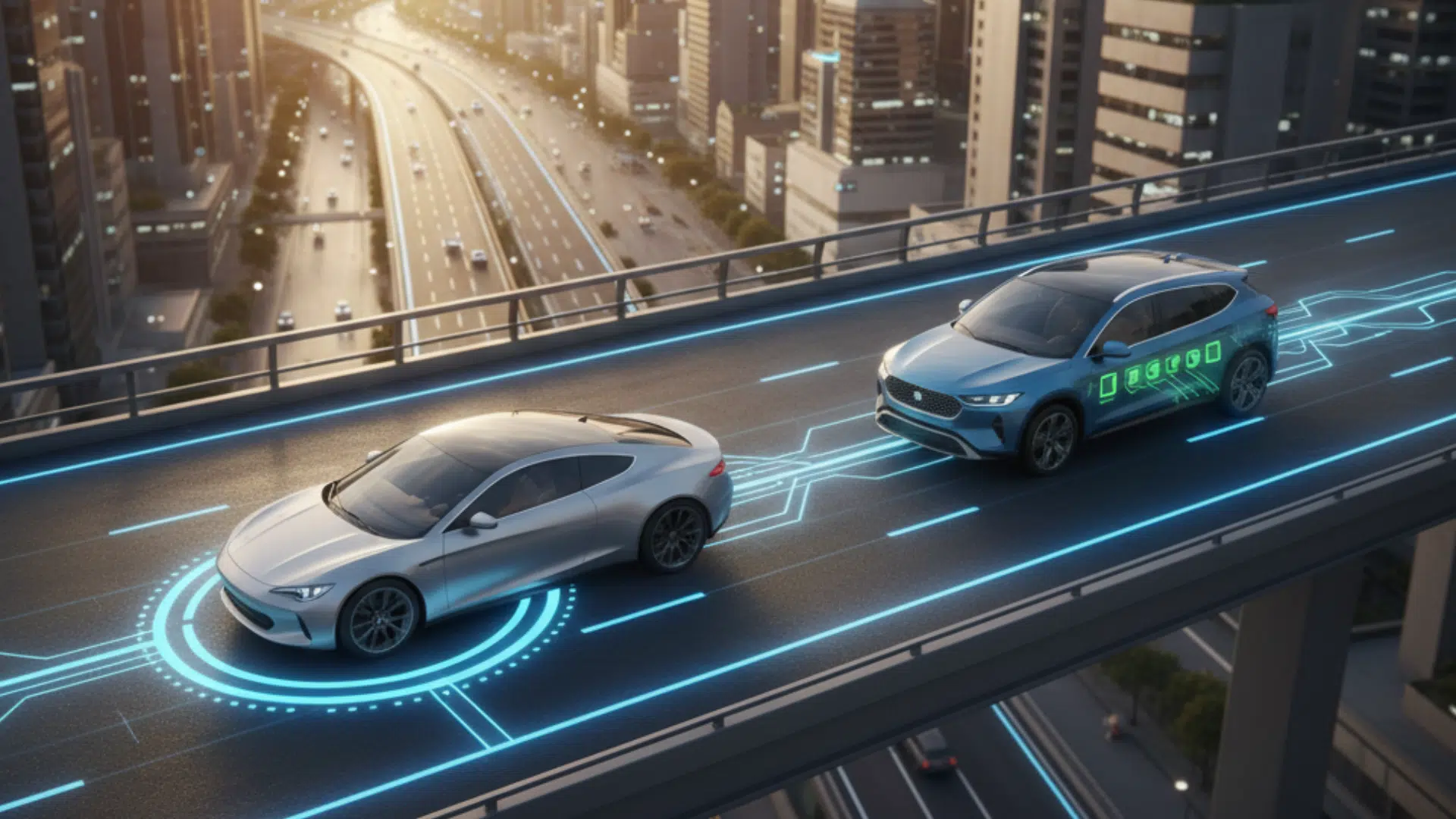

The next five years will redefine hybrid technology with improved batteries, new charging methods, and global transitions toward cleaner and smarter vehicles.
Upcoming Technologies
As automakers refine their hybrid systems, several innovations are expected to shape performance, charging convenience, and long-term sustainability.
- Solid-State Batteries: These advanced batteries will replace traditional lithium-ion units, offering faster charging, longer lifespan, and increased safety. Their higher energy density could extend plug-in hybrid electric range to more than 100 miles on a single charge.
- Wireless Home Charging: Future plug-in hybrids will support inductive charging pads that eliminate cables. Drivers will simply park over a pad for automatic recharging, making daily use easier.
- Bidirectional Power (Car-to-Home): Some upcoming plug-in hybrid models will allow stored energy to power homes during outages or reduce energy bills by sending electricity back to the grid.
Market Shifting Towards Electrification
The automotive industry is steadily moving toward full electrification. By 2030, most automakers aim to have at least half of their global lineup powered by electricity, including hybrids, plug-in hybrids, and battery-electric vehicles.
Several brands, such as Ford, Hyundai, and Toyota, plan to phase out pure gas engines by 2035. Governments are reinforcing this transition through emission standards, infrastructure investment, and purchase incentives.
During this phase, plug-in hybrids are seen as a bridge technology, providing electric benefits without the limitations of current charging networks. For many buyers, this period offers the flexibility to adapt before full-electric vehicles become mainstream.
What This Means for Buyers: Buying a plug-in hybrid now offers a balance between electric driving and long-distance reliability. It provides immediate fuel savings while preparing for a future centered around electric transportation.
Conclusion
Now that you and I have gone through how hybrids and plug-in hybrids work, the choice feels a lot easier. I’ve found that both have strong advantages, depending on how and where you drive.
If you spend most of your time on short city trips, a plug-in hybrid helps you save more and rely less on fuel. If your drives are longer or mostly on highways, a regular hybrid offers better flexibility without charging concerns.
The real difference between hybrid and plug-in hybrid cars depends on your lifestyle and daily mileage. I recommend checking out my other blogs for more car comparisons, ownership tips, and real-world driving advice

